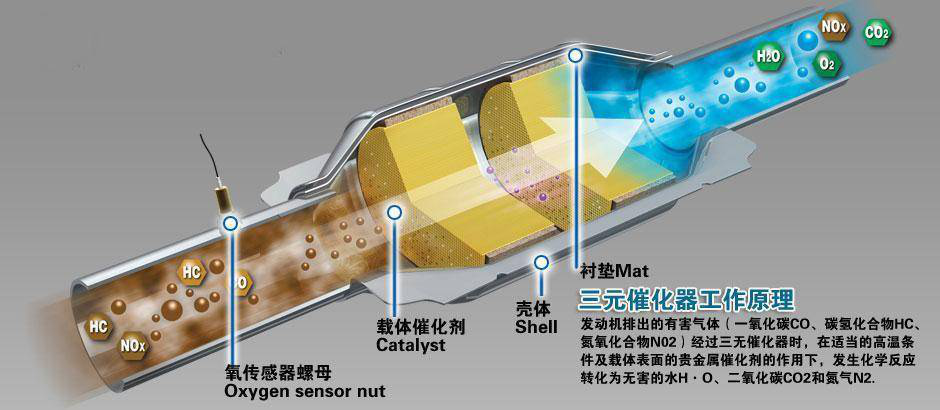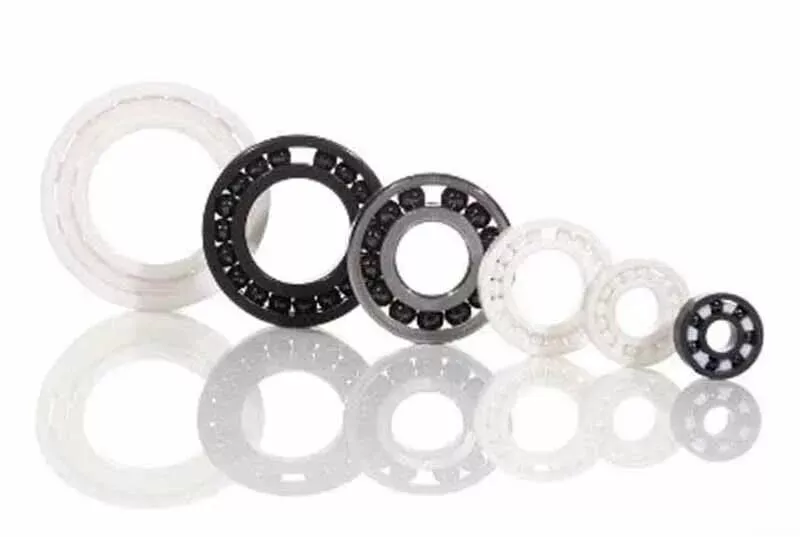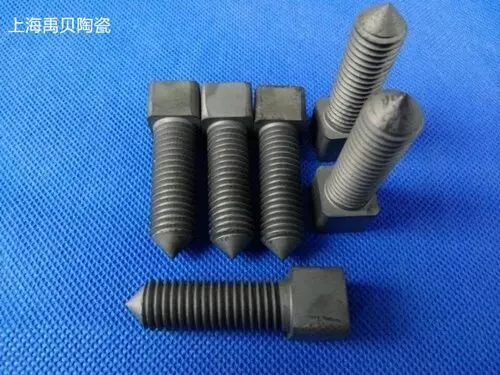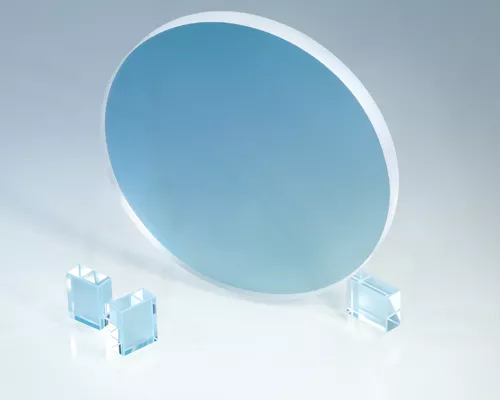foreword
From July 1st, my country's heavy-duty diesel vehicles "National Sixth Stage Motor Vehicle Pollutant Emission Standards" have been officially implemented nationwide, prohibiting the production and sale of heavy-duty diesel vehicles that do not meet the National VI emission standards, imported heavy-duty diesel vehicles should be It complies with the National VI emission standard. It is reported that compared with the National V emission standards, the National VI emission standards have upgraded and improved the automobile exhaust test procedures, and the emission limits of automobile exhaust pollutants have been stipulated. nearly doubled. From this point of view, the upgrading of automobile exhaust emission products is an essential task for major car companies.
1. Composition of automobile exhaust treatment system
The automobile exhaust system mainly includes four major components: exhaust branch pipe, exhaust pipe, muffler and exhaust purification device (three-way catalysis). Automobile exhaust catalytic converter is an external purification device, which is mainly used in gasoline engines and consists of three parts: housing, carrier and catalyst. Among them, the performance of the carrier has a great influence on the activity and service life of the catalyst, so it plays an important role in the purification efficiency of the entire catalytic converter. Because the catalyst on the surface of the carrier oxidizes and reduces harmful substances and harmful gases such as pollutants such as NOx, HC, and CO in the exhaust gas emitted by the automobile engine, and converts them into harmless CO2, H2O and N2, so as to achieve the effect of exhaust gas purification .

Figure 1. The working principle of the three-way catalytic converter via network
The performance requirements that the carrier should have are:
1) It has high heat resistance to adapt to the wide exhaust temperature range of automobile engines;
2) It has good mechanical strength and can withstand the thermal shock of high-temperature airflow, as well as the severe impact caused by uneven road surface and cylinder vibration;
3) It has a large specific surface area, the carrier has a large specific surface area, and the active ingredients are evenly distributed, which is conducive to improving the utilization rate of active ingredients and reducing costs;
4) It has low heat capacity and high thermal conductivity, which is conducive to shortening the reaction time of the catalyst to reduce exhaust emissions during cold start of the car;
5) Have a suitable pore structure or opening ratio;
6) It has certain water absorption rate and low price.
2. Catalyst carrier material type
At present, there are two main types of catalyst supports for automobile exhaust purification at home and abroad: metal and porous ceramics, among which cordierite honeycomb ceramics in porous ceramic supports are the most widely used.
2.1 Metal carrier:
Advantages: thin wall, large specific surface area, high mechanical strength, low resistance to automobile exhaust, good matching performance between the carrier and the metal shell, etc. It has small heat capacity, high thermal conductivity, and fast corresponding characteristics, which can increase the heating rate of the catalyst during cold start, so it can achieve a good effect on the purification of automobile exhaust during cold start.
Disadvantages: The molding process is complicated, the production cost is high (about twice that of the ceramic carrier), and the thermal shock resistance is not as good as cordierite honeycomb ceramics, and the surface coating process is not perfect, which limits its development.
2.2 Cordierite honeycomb ceramic carrier:
Advantages: Honeycomb ceramic products have many parallel flow channels, so the pressure loss of gas circulation is small, and the flow distribution in the entire component is good. In addition, honeycomb ceramics can be made of various materials, the main materials are cordierite, aluminum titanate, Silicon carbide, zirconia, silicon nitride, etc. Among them, cordierite (2MgO·2Al2O3·5SiO2) honeycomb ceramics are widely used for their excellent thermal shock resistance, good adsorption performance, high refractoriness and appropriate mechanical strength.
Since Corning Corporation of the United States launched the extrusion method of honeycomb ceramic substrates in 1973, cordierite honeycomb ceramics have become an important part of exhaust gas purification components such as automobile exhaust catalytic converters and diesel exhaust particulate traps. The industry generally chooses high-quality synthetic cordierite honeycomb ceramics such as kaolin, talc, and alumina.
Disadvantages: Usually to increase the surface area of the honeycomb ceramic carrier, its surface will be coated with a uniform high specific surface area alumina coating, and then the precious metal active components will be loaded on the surface. However, the difference in thermal expansion coefficient between the cordierite substrate and the alumina coating makes it easy for the catalyst and the coating to peel off from the carrier, blocking the pores and making the catalyst invalid. The low thermal conductivity also makes the catalyst light-off slow, and the purification efficiency of automobile exhaust emission during cold start is poor.
2.3 New porous ceramic catalyst carrier:
① Fibrous porous ceramics: refers to a high-porosity ceramic material prepared using ceramic fibers as the main raw material.
Advantages: Most of this material has an open pore structure, and the porosity can reach more than 90%, while the porosity of general porous ceramic materials is only about 50%. It mainly uses the textile characteristics of fibers for three-dimensional weaving, and the porosity and aperture are controllable.
Disadvantages: Limited by the length and weaving performance of ceramic fibers, and the high requirements for three-dimensional weaving technology, the expensive product cost limits its development.
② Conductive SiC porous ceramic material: its pores are in a three-dimensional connected network structure, with excellent heat resistance and corrosion resistance, high thermal conductivity and service temperature, and good regeneration performance. The thermal shock resistance is stronger than that of cordierite honeycomb ceramics, and it is suitable for occasions where the temperature often changes rapidly.
This product uses a conductive carrier to increase the temperature of the purifier by means of electric preheating. The catalyst can reach the light-off temperature of the catalyst in a short period of time, effectively reducing the emission of harmful substances within a few minutes of the cold start of the car. quantity.
Declaration: This article is provided by CERADIR™ users or obtained from Internet, the content does not represent the position of CERADIR™. We are not responsible for the authenticity/accuracy of the article, especially the effects of the products concerned. This article is for study only, it does not constitute any investment or application advice. For reprinting, please contact the original author. If it involves the copyright and/or other issues, please contact us and we will deal with it asap! CERADIR™ has the interpretation of this declaration.







